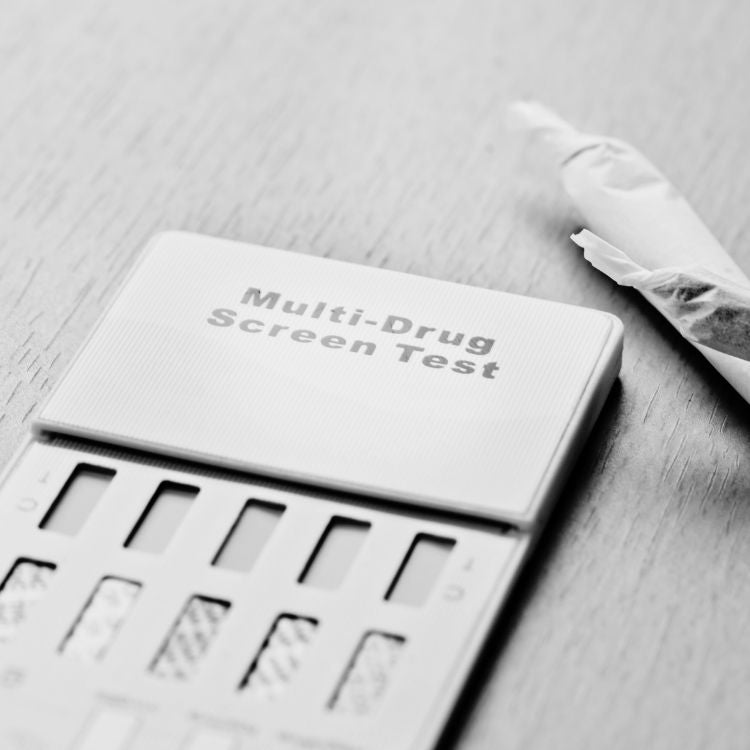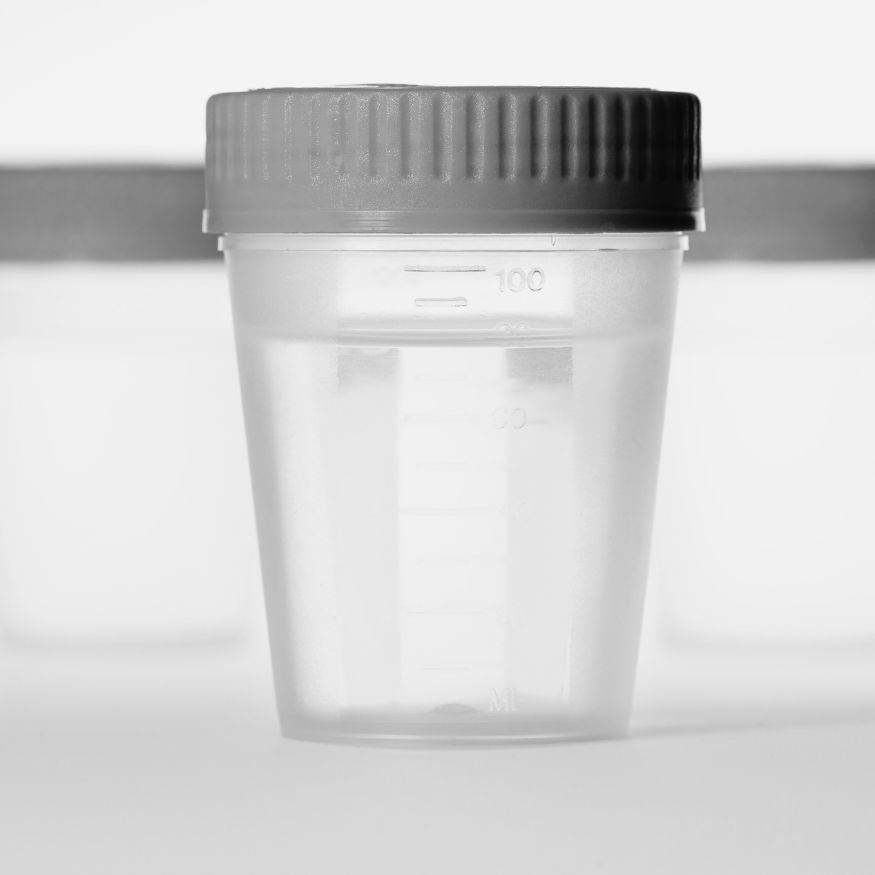Unintentional deaths increased 38% between 2001 and 2017, annual report reveals
Fatal drug overdoses are more common in regional Victoria and New South Wales than anywhere else in Australia, and those deaths are increasingly linked to heroin, an annual report has found.
The overdose report by the Penington Institute, released on Tuesday, found that the number of deaths owing to unintentional drug overdose in Australia had increased 38% between 2001 and 2017 and was growing by 3.4% a year.
There were 1,612 unintentional overdose deaths in 2017, or one death every 5.4 hours. The fastest growing rates of death were in regional areas and among Aboriginal and Torres Strait Islander peoples, who died of unintentional overdose at three times the rate of non-Indigenous people.
The Penington Institute’s chief executive, John Ryan, said the growth of overdoses in regional areas, particularly heroin-related overdoses in areas where heroin was not previously prevalent, showed that the “war on drugs” approach was not working.
“Under the law enforcement-focused approach we have seen drug use spread throughout the community and much more potent and dangerous form,” Ryan said.
“We are seeing more potent drugs and therefore more dangerous drugs becoming increasingly prevalent. I’d say that’s enough evidence to encourage the shift to a health-focused approach.”
The rate of unintentional drug overdose in regional Victoria in 2017 was 9.6 for every 100,000 people, about 80% higher than the rate in Melbourne. Rates of overdose in regional NSW were 33% higher than in Sydney, at 8.8 for every 100,000 compared with 6.6 for every 100,000. The capital city with the highest rate of unintentional overdose was Perth.
Ryan said governments in Australia should be “mature enough” to trial harm minimisation programs, such as pill testing, without concern that this would be seen as being “soft” on drugs.
“That sort of just-say-no mentality has morphed into just say no to trying possibly very effective ways of saving people’s lives,” he said.
Public support for pill testing has grown after the deaths of a number of young people at music festivals. Those high-profile casualties are a minority of unintentional drug overdoses, which primarily involve men aged 30 to 59. Only one in 10 deaths were among people younger than 30.
But Ryan said the pill testing trial at a music festival in the Australian Capital Territory this year, and Victoria’s long-awaited safe injecting room in Richmond, showed that governments were occasionally prepared to take a health-based approach. The Victorian and NSW governments remain opposed to pill testing.
More than half of all unintentional drug overdoses in 2017 involved some form of opioid. The number of deaths involving heroin increased by 83.6% since 2013, but opioid-related deaths in regional areas were still more likely to involve another form of opioid, such as oxycodone or codeine.
The second most common group of drugs linked to unintentional overdoses was benzodiazepines, followed by stimulants such as methamphetamine or ice.
Ryan said governments had fallen behind public expectations in their management of drug issues and deaths should be tackled like the road toll: with a combination of law enforcement and community education campaigns.
That would include specific education for people whose family members are at risk of overdose, so they can recognise the signs and not leave a loved one to “sleep it off”.
“The simple fact is we’re not dealing with it as a health crisis in the manner that we’ve dealt with the road toll or any other sort of matters,” Ryan said. “If there were this many people dying from other issues we would be throwing energy and resources at it but we’re basically sweeping it under the carpet.”




